Do Doc and Opendoc, design to help documentation
Published 9 June 2015 by Carine Claude
Document one’s projects? The conundrum is recurrent for a majority of fablabs. Fruit of Do Doc, an educational platform concocted by design researchers, the Opendoc platform addresses the issue.
Users of fablabs are well aware. Documenting one’s projects is the sine qua non condition to share them properly (Makery talked about it in its report on the C Platform). However, the debate rages with regards to the time consuming aspect of the issue and the proper use of the collaborative tools in effect. As fablabs are being active in tracking solutions, ideas are bustling from innovative educational practices and research in design.
Do Doc, to document projects in school
In the context of Futur en Seine, l’Atelier des chercheurs (the researcher’s workshop) is presenting from the 11th to the 14th of June the Do Doc project, a documentation station in real time intended for schoolchildren. It emerged from a research project in design on learning environments directed by designers, research students from EnsadLab (the he research laboratory of the Ensad, National School of Decorative Arts in Paris), the Paragraphe laboratoiry of Vincennes Saint-Denis Paris 8 University, the Labex Arts and the Centre for interdisciplinary research (CRI).
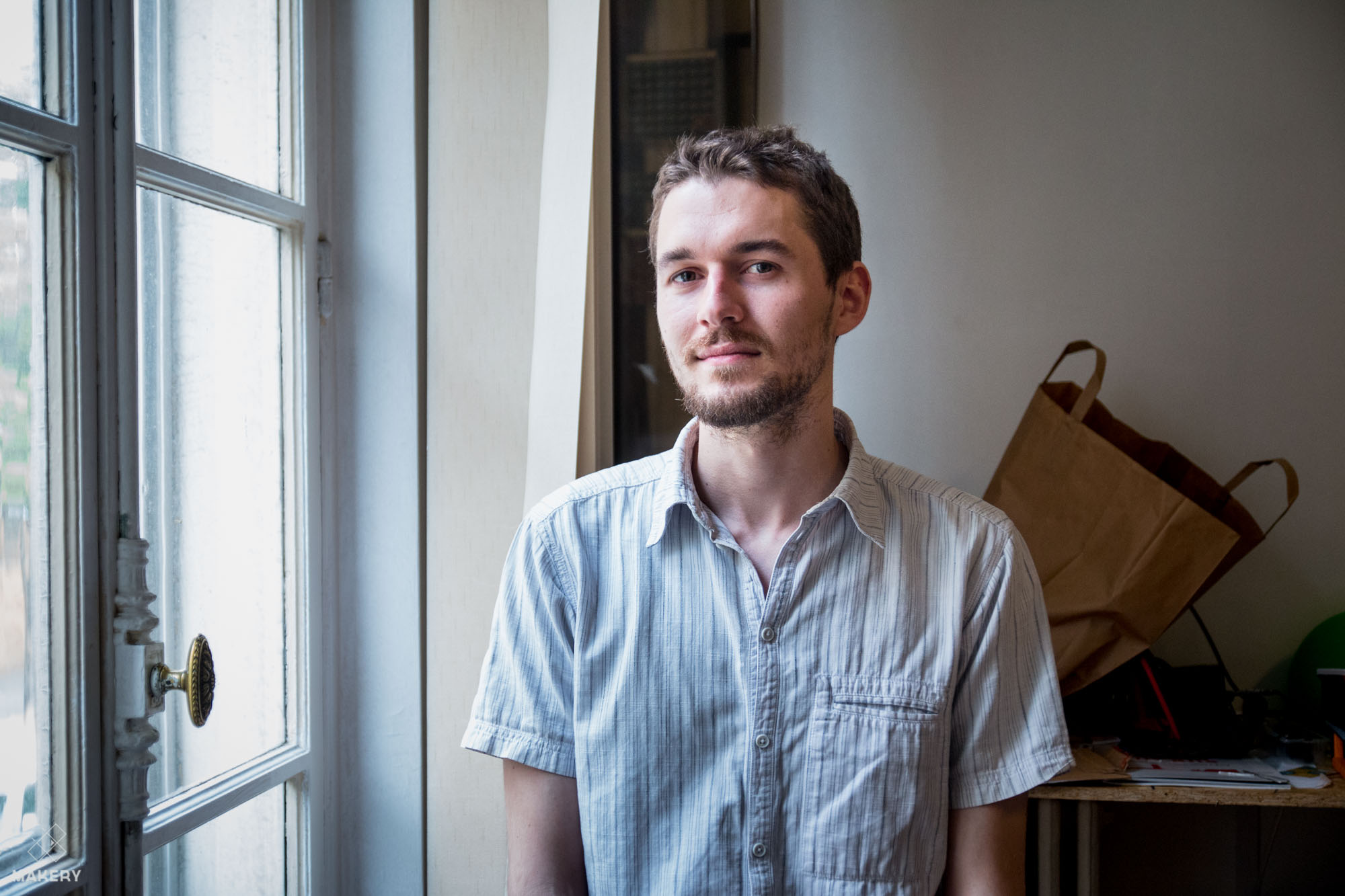
“The concern was to create a documentation tool directly in the classroom to boost exchanges between schoolchildren without any intervention from the teacher, create communities of users, encourage the help and empathy of the different groups and develop a new digital literacy”, explains Louis Eveillard, researcher at EnsadLab Sociable Media working on this project in collaboration with Pauline Gourlet, Sarah Garcin, Ferdinand Dervieux and Juliette Mancini. He is also taking an interest, among other subjects, in the design of creation and knowledge sharing tools applied to alternative educational methods such as learning by doing.
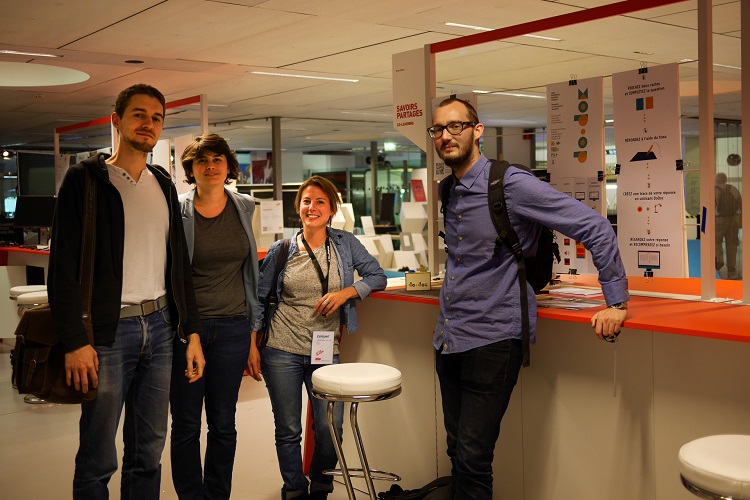
Presentation video of the Do Doc project:
During one year, their team handled an initiation to design at the Alouettes primary school in Belleville, Paris in the context of ‘Les Savanturiers’, a CRI program sending scientists and doctoral students in classrooms, outside school hours.
“The idea was to register documentation in an educational program”, explains Louis Eveillard, for whom repetition and error are two essential elements for pupils in the shaping of their ideas and the justification of their choices.
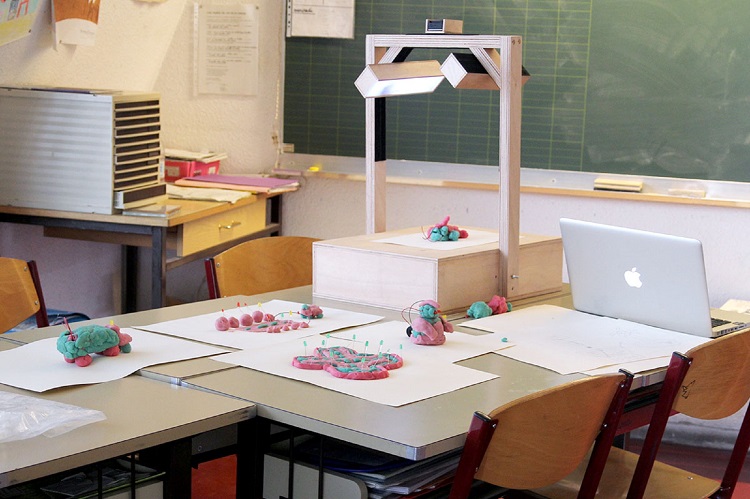
In practice, Do Doc consists of a multimedia note-taking and narration tool relying on a website and a picture recording station, tangible interface that children can handle in the classroom.
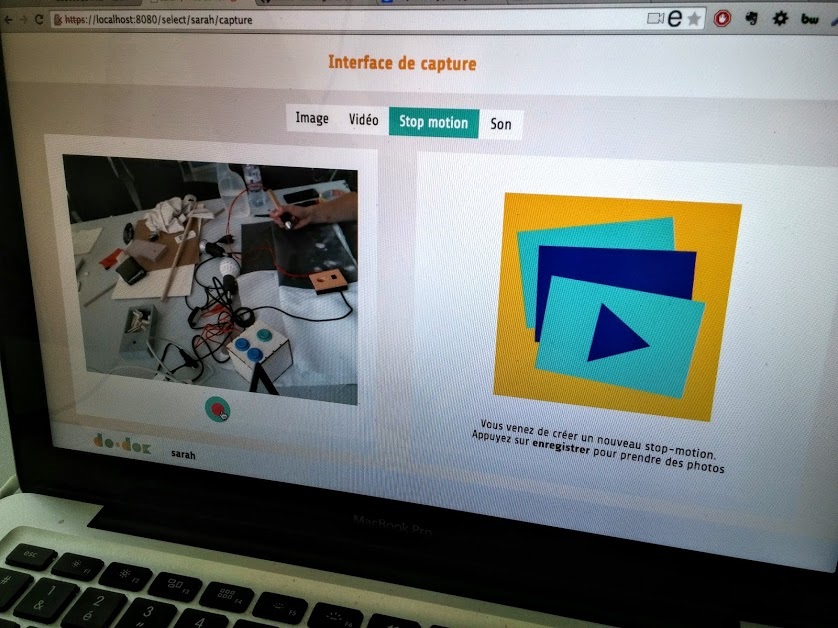
In concrete terms, the children used this documentation tool during two workshops, one on learning about electronics and electric circuits, the other on learning about topography, during which they created three base modules to develop their own alphabet.
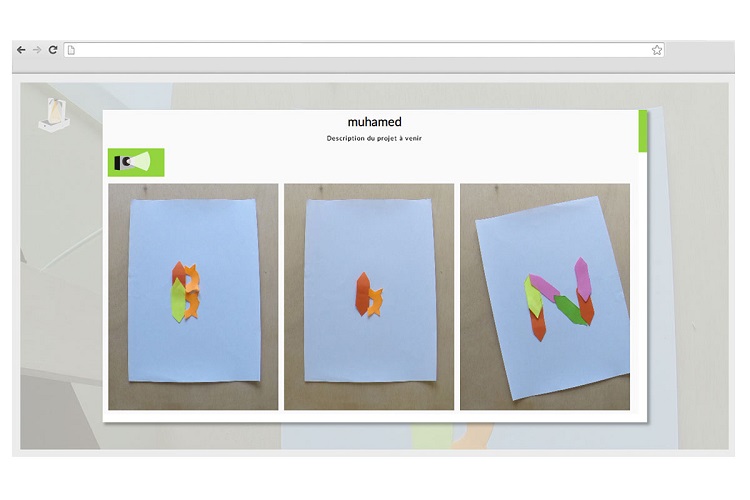
When documentation in school inspires fablabs
Even though Do Doc was initially thought out for learning environments, the team rapidly understood its usefulness for fablabs. “By partnering with the ‘Openlab [editor’s note: fablab of the CRI], we then developed a documentation platform for fablabs, the Opendoc”, adds Louis Eveillard.
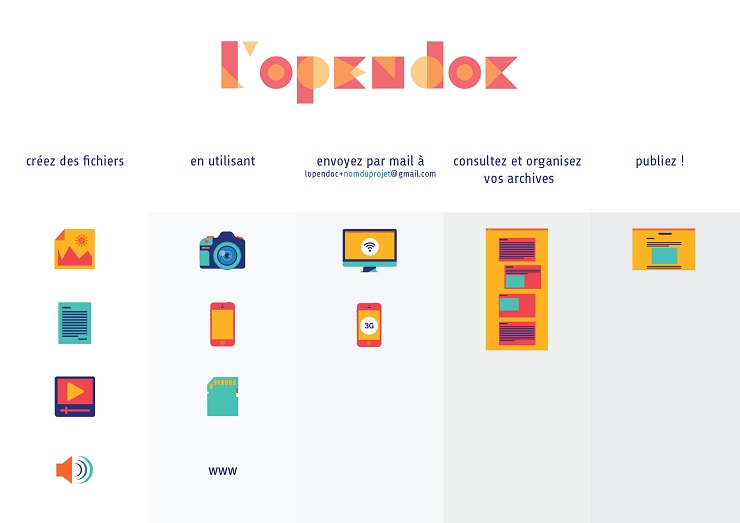
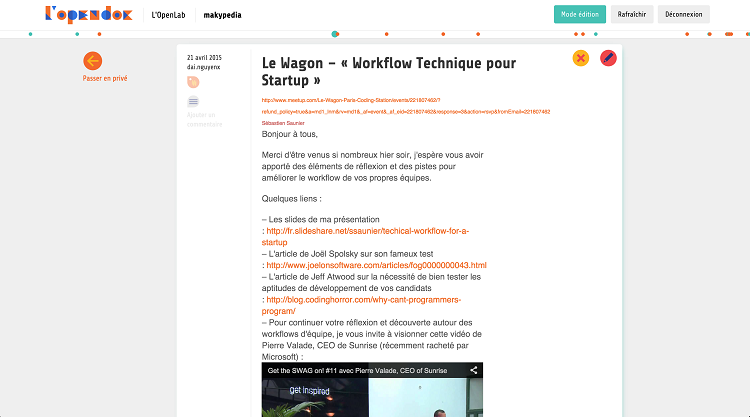
The project, still in closed beta test stage, but already open source, was assessed to present workshops in schools, document research projects or still monitor developments of shared gardens.
“The main problem with documentation is that it is often separated from the act of creation in itself, adds Louis Eveillard. It is very time consuming and its interest often reveals itself too late.” Except if design gets involved…
L’Atelier des chercheurs website
Do Doc is presented by l’Atelier des chercheurs in the context of Futur en Seine, from the 11th until the 14th of June at la Gaîté Lyrique.
